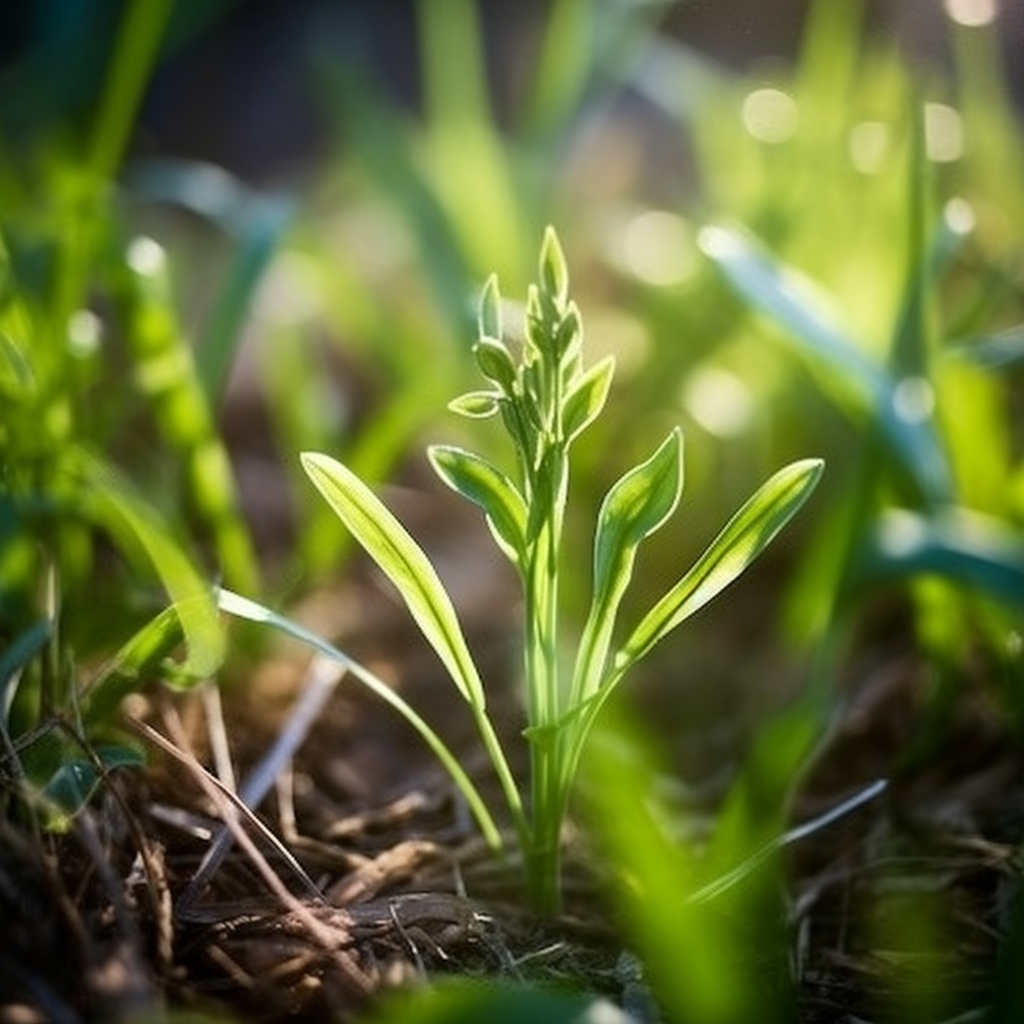Story of Day :
Contents
Flax Plant: A Complete Guide and Care Tips
If you are a gardening enthusiast, then you must have come across the flax plant. This tall, elegant plant is grown for both its ornamental beauty and its fibers that can be used to make linen textiles. Flax has been cultivated by humans for thousands of years, and it’s still popular today due to its numerous benefits. In this article, we’ll provide a complete guide on flax plants and give tips on how to care for them.
What is Flax Plant?
Flax (Linum usitatissimum) is an annual plant native to the Mediterranean region but now widely cultivated in other parts of the world. It belongs to the Linaceae family and can grow up to three feet tall with slender stems that bear blue or white flowers in summer.
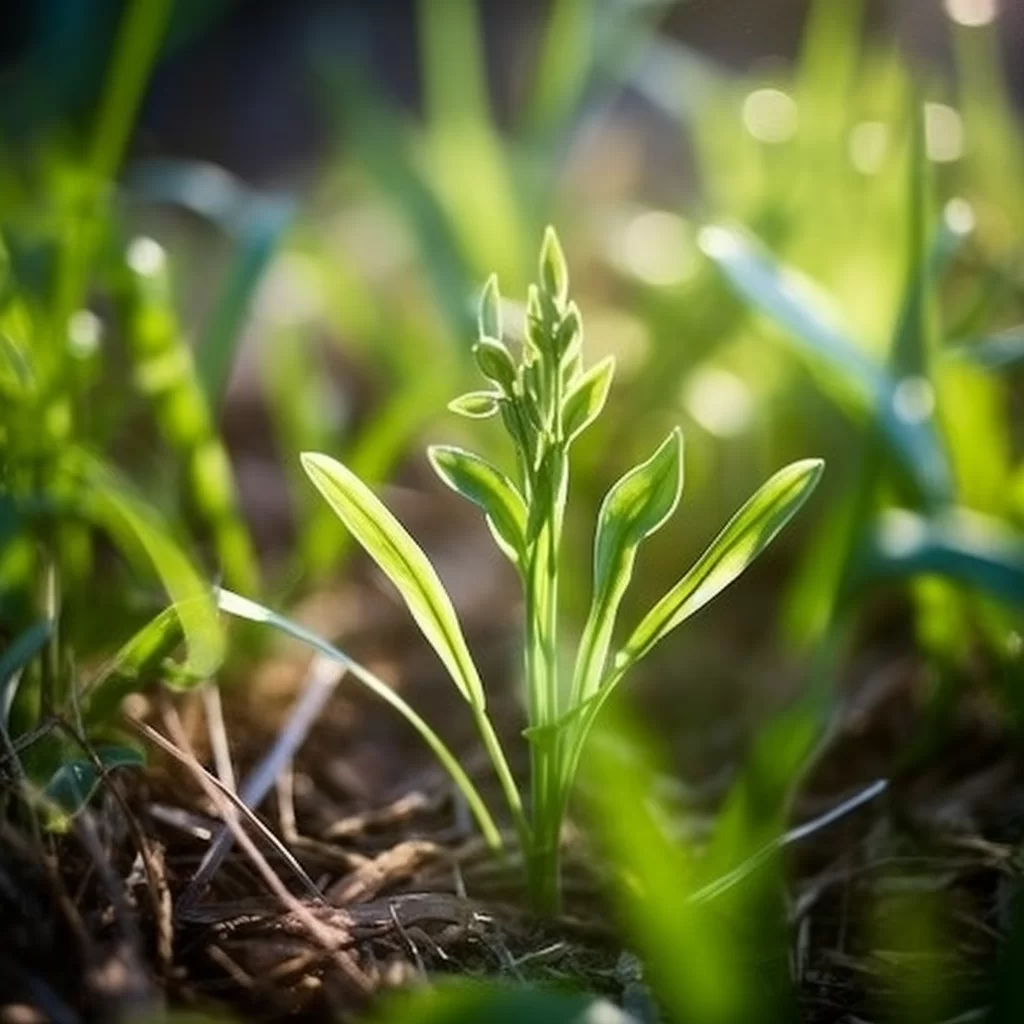
The seeds of flax are used as food or pressed to extract oil while its fibers are processed into linen fabrics. Flaxseed oil contains high levels of omega-3 fatty acids, which makes it beneficial for human health.
Caring for Flax Plants
- Sowing: Flax seeds should be sown directly into well-drained soil in early spring when temperatures reach at least 60°F (15°C). Seeds should be planted about half an inch deep with four inches between each seed.
- Sunlight: Flax needs full sunlight exposure throughout the day, so it’s best planted in open areas without shade from buildings or trees.
- Watering: The soil around flax plants should always remain moist but not waterlogged. Watering once a week during dry spells will keep your plants healthy.
- Fertilization: Flax plants don’t require much fertilizing. A balanced fertilizer can be applied once early in the growing season.
- Pests and Diseases: Flax plants are relatively disease-free but can be attacked by aphids, spider mites, or cutworms. Insecticides specifically made for these pests can help control their population and prevent damage to your flax plants.
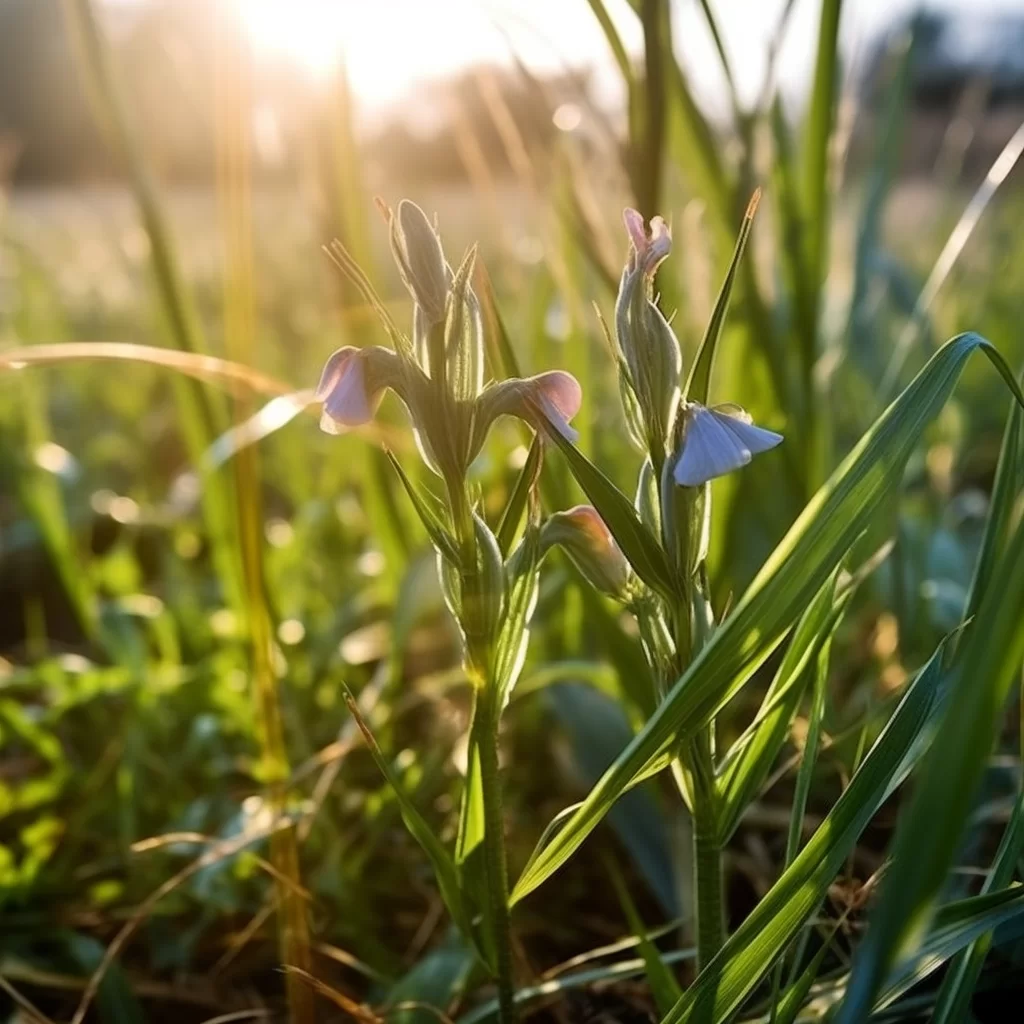
Harvesting Flax
Flax is typically harvested when its leaves begin to turn yellow in late summer or early fall. The seeds are collected by pulling up the entire plant before laying it out on a dry surface to allow it to dry completely. Once dry, you can either thresh the plant by hand or use a machine to separate the seeds from the stalks.
The Benefits of Growing Flax Plants
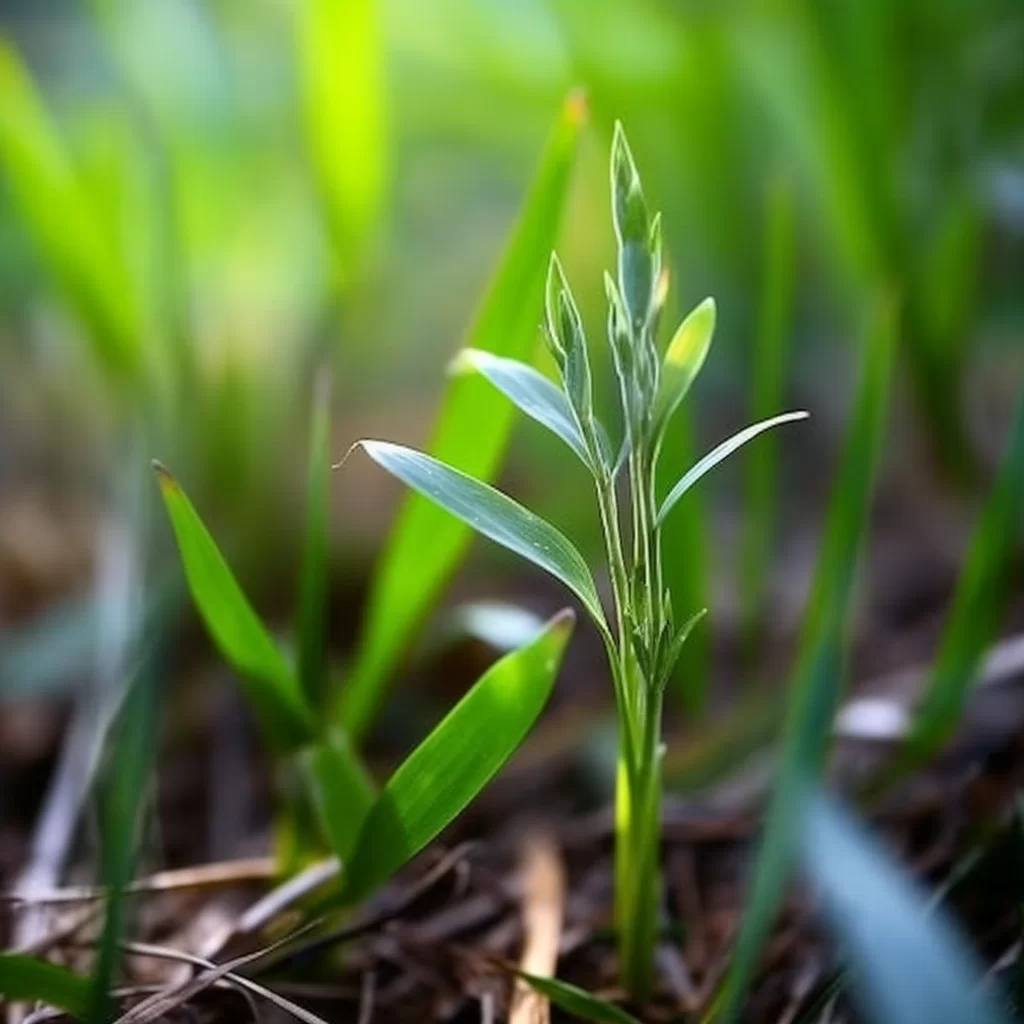
Growing flax comes with numerous benefits that make it an excellent addition to any garden. Here are some of them:
- Linen production: You can use flax fibers extracted from your plants for weaving linen fabrics at home.
- Nutritional benefits: Flaxseeds contain high levels of omega-3 fatty acids that are beneficial for human health.
- Biodiversity support: Growing flax adds diversity to your garden and provides food sources for pollinators such as bees and butterflies.
- Aesthetic value: The tall slender stems and beautiful blue or white flowers of flax add an elegant touch to your garden landscape design.
In Conclusion
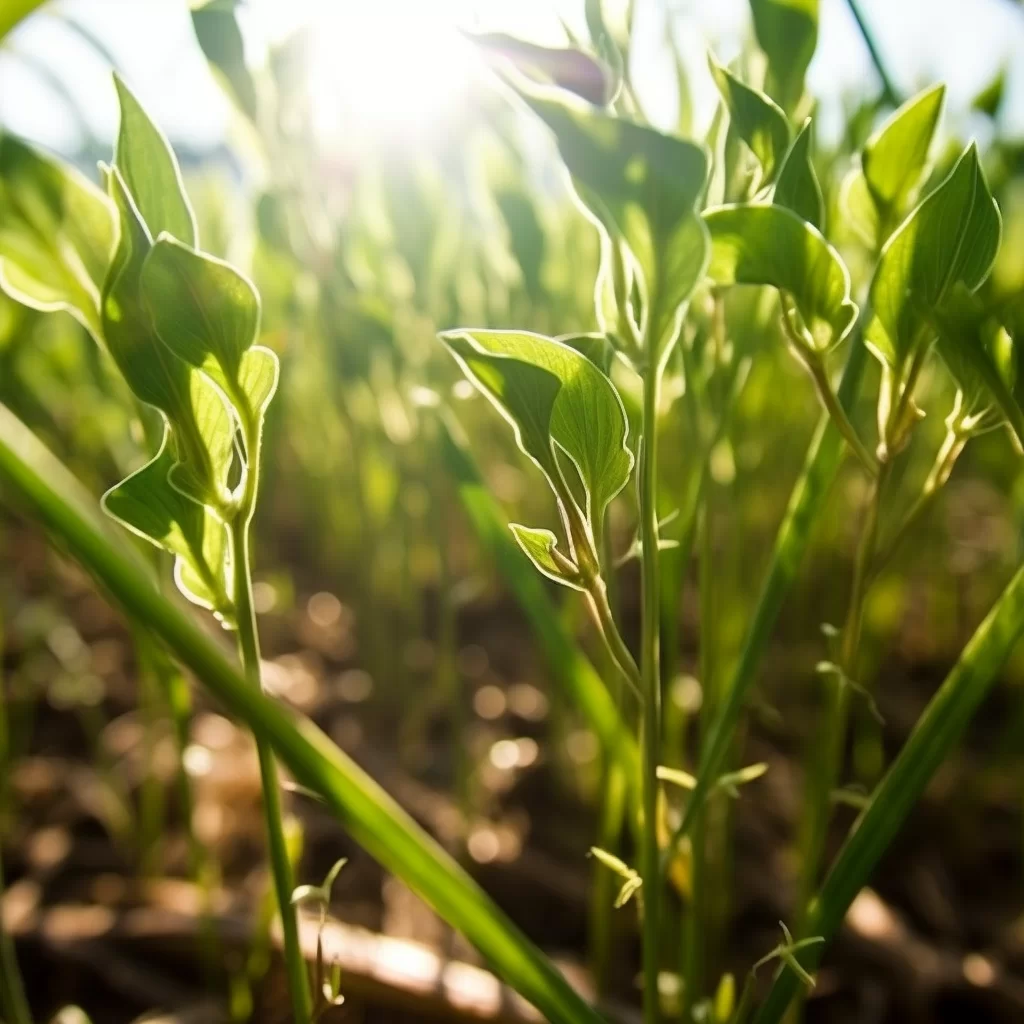
Caring for flax plants is easy and straightforward, and they come with numerous benefits that make them a great addition to any garden. With the tips provided in this guide, you can grow healthy flax plants that will reward you with their beauty and various uses.
